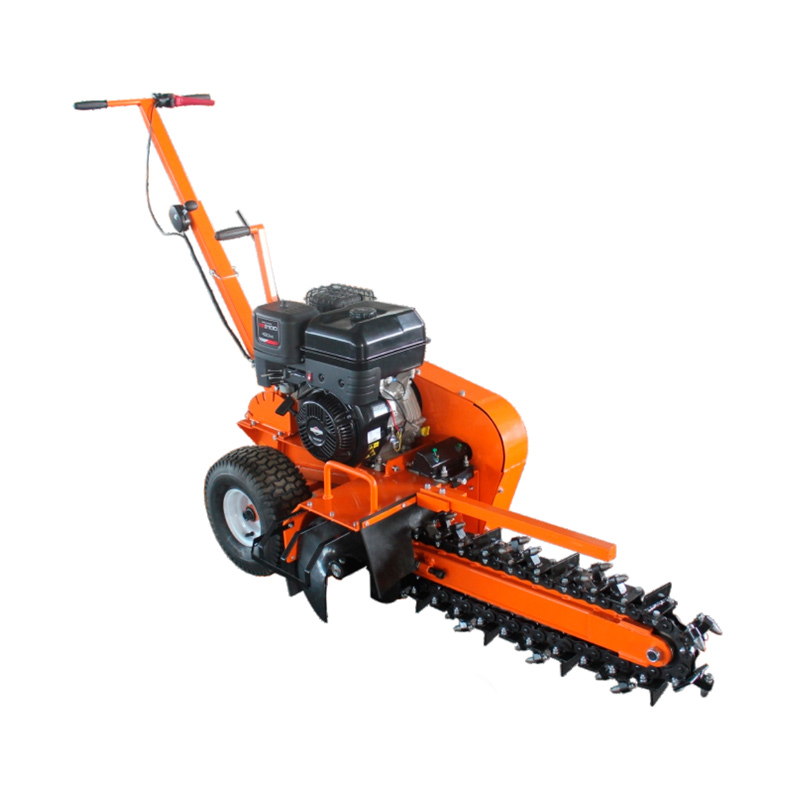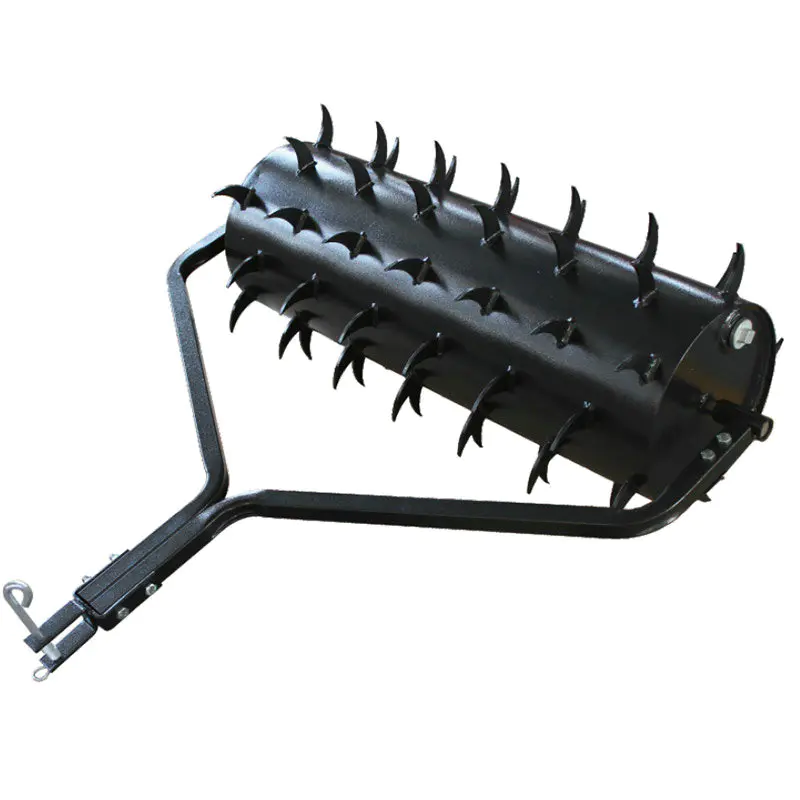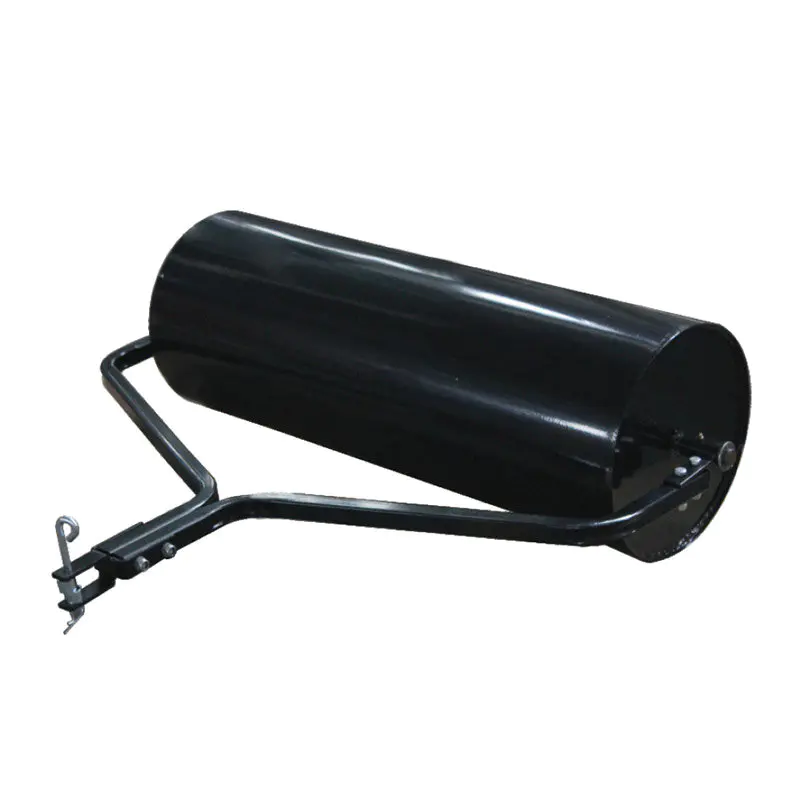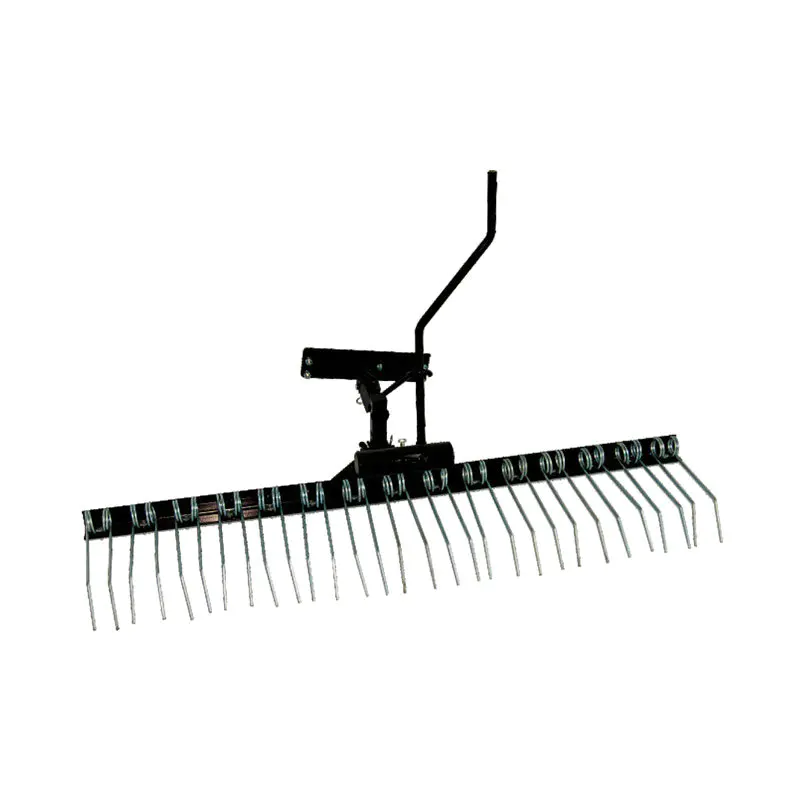Electric log splitters are efficient, eco-friendly alternatives to gas-powered models, making them popular for home use, landscaping, and small-scale firewood processing. However, like any machinery, they can encounter operational issues.
Why does my small electric log splitter jam? – Fixes for horizontal/vertical models
A small electric log splitter can jam due to several factors, including wood density, blade wear, or hydraulic pressure issues. Horizontal and vertical log splitters may experience different jamming challenges.
Common causes of jamming:
- Knotty or uneven logs – Hardwoods like oak or maple can resist splitting, especially if the log has twists or knots.
- Dull or misaligned splitting wedge – A worn blade reduces efficiency, increasing the risk of mid-split jams.
- Insufficient tonnage – A 5-ton electric log splitter may struggle with thicker logs, while a 7-ton+ model handles them better.
- Hydraulic fluid issues – Low or degraded fluid can reduce pressure, causing the ram to stall.
How to fix a jammed electric log splitter:
- Reverse the ram – Most hydraulic electric log splitters have a reverse function to dislodge stuck logs.
- Inspect and sharpen the blade – A sharp wedge prevents unnecessary strain.
- Use proper log positioning – Place logs with the grain parallel to the wedge for cleaner splits.
- Check hydraulic fluid – Top up or replace fluid if it’s low or contaminated.
For portable electric log splitters, ensure the machine is on stable ground to avoid misalignment during operation.
Maintenance tips from electric log splitter manufacturers – Extending lifespan
Proper maintenance ensures your electric firewood splitter operates efficiently for years. Manufacturers recommend these key practices:
Routine maintenance checklist:
- Lubricate moving parts – Apply grease to the ram, wedge, and pivot points every 20-30 hours of use.
- Check hydraulic hoses – Look for leaks or cracks, common in hydraulic machinery import/export models.
- Clean debris after use – Sawdust and wood chips can clog mechanisms in home-use log splitters.
- Inspect electrical components – Frayed cords or loose connections can cause power failures in corded electric wood splitters.
Long-term care:
- Store indoors or under cover – Prolonged exposure to moisture accelerates rust.
- Replace worn parts promptly – Delaying repairs can lead to motor strain or hydraulic failure.
- Follow OEM electric log splitter suppliers’ guidelines – Each model has unique maintenance needs.
Cold weather performance of firewood processing machinery – Preventative steps
Electric log splitters can be affected by freezing temperatures, leading to slow operation or hydraulic fluid thickening.
Cold-weather challenges:
- Hydraulic fluid viscosity – Cold makes fluid thicker, reducing splitting power.
- Battery-powered models lose efficiency – Lithium-ion batteries drain faster in low temperatures.
- Metal contraction – Moving parts may stiffen, increasing wear.
Solutions for winter use:
- Use winter-grade hydraulic oil – Recommended by timber equipment wholesalers for sub-zero conditions.
- Warm up the machine – Let it run idle for 5-10 minutes before heavy splitting.
- Store in a heated space – Prevents fluid thickening overnight.
For log splitters for home fireplaces, consider a quiet log splitter with insulated components to reduce cold-weather strain.
Overheating in hydraulic electric log splitters – Causes and solutions
Overheating is a common issue in hydraulic electric log splitters, often caused by overuse, low fluid, or clogged components.
Primary causes:
- Extended continuous use – Most home-use log splitters need breaks every 30 minutes.
- Dirty hydraulic fluid – Contaminants reduce cooling efficiency.
- Faulty pump or motor – Overworked motors in best electric log splitters for hardwood can overheat.
How to prevent overheating:
- Allow cooling periods – Operate in cycles, especially with dense wood.
- Maintain proper fluid levels – Check before each use.
- Clean the hydraulic system – Flush old fluid annually.
If overheating persists, consult electric log splitter manufacturers for professional servicing.
Slow operation in home-use log splitters – Troubleshooting motor or blade issues
A slow electric log splitter reduces productivity. Common culprits include:
Possible causes:
- Weak motor – Underpowered models struggle with thick logs.
- Dull or damaged wedge – Requires sharpening or replacement.
- Low voltage supply – Ensure proper outlet voltage for corded electric wood splitters.
Fixes:
- Upgrade to a higher-tonnage model (e.g., 5-ton electric log splitter for tougher wood).
- Sharpen or replace the blade – A well-maintained wedge improves speed.
- Check power connections – Loose wiring can reduce efficiency.
For persistent issues, contact power tool resellers or garden machinery sourcing agents for expert advice.
Understanding common electric log splitter issues and their fixes ensures reliable performance. Whether dealing with jamming, cold weather, overheating, or slow operation, proper maintenance and troubleshooting can extend your machine’s lifespan. For specialized repairs, consult OEM electric log splitter suppliers or agricultural machinery distributors.
By following these guidelines, your electric log splitter will remain a dependable tool for firewood processing machinery needs.

 see more
see more
 see more
see more
 see more
see more
 see more
see more


